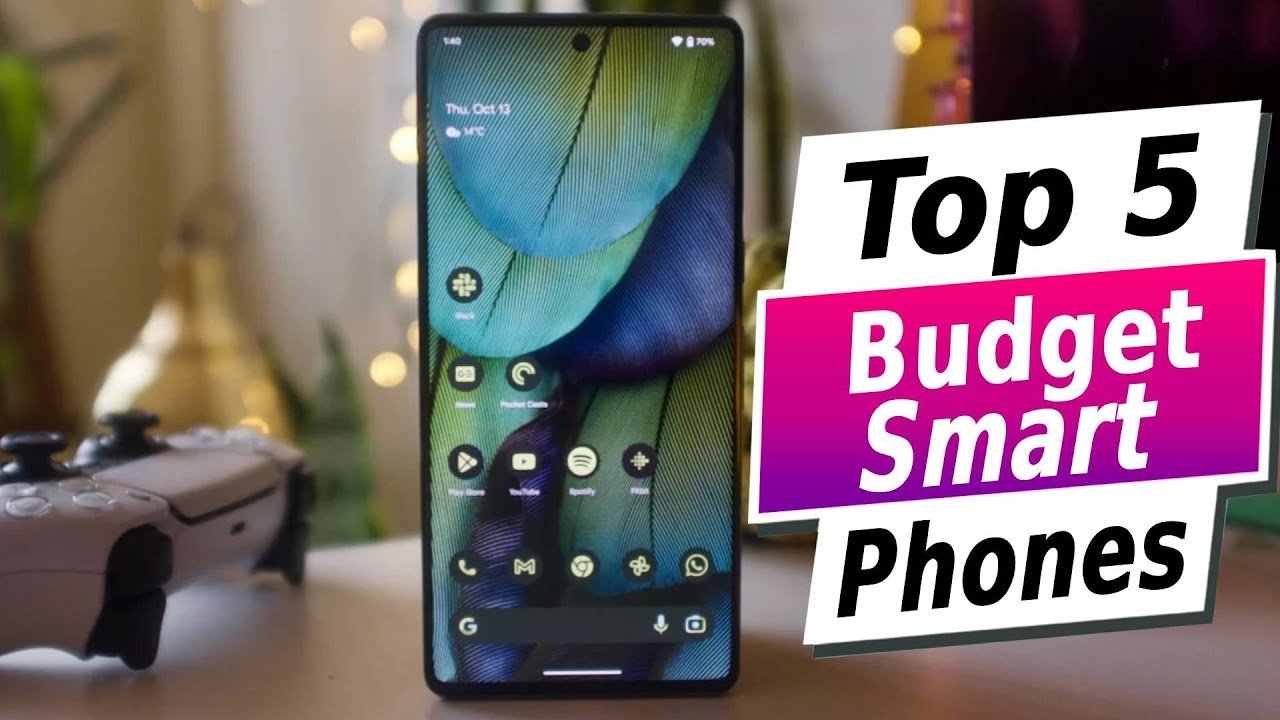Headphones have become an integral part of our daily lives. Whether you’re commuting, working out, or just relaxing, headphones help you tune into your favorite music, podcasts, or shows. But as much as we love cranking up the volume, it raises a common question: Does playing music at max volume damage headphones? The short answer is yes, it can. However, there’s more to the story than meets the eye. Let’s explore how max volume impacts your headphones and what you can do to prevent damage.
Understanding Headphone Components
Before diving into how max volume affects headphones, it’s helpful to understand the basic components. Headphones, regardless of type (over-ear, on-ear, or in-ear), all share common parts:
- Drivers: These convert electrical signals into sound.
- Diaphragm: A thin material that vibrates to create sound waves.
- Voice coils: Wires that help generate sound by moving the diaphragm.
Each part plays a role in producing clear and crisp audio. However, excessive volume can put strain on these components, leading to issues over time.
What Happens When You Play Music at Max Volume?
When you increase the volume on your headphones, you’re pushing the drivers and diaphragm to their limits. Sound is measured in decibels (dB), with higher decibels meaning louder sound. Most headphones operate within a certain dB range, usually between 85-110 dB.
At max volume, the sound waves produced become more intense. The increased pressure on the drivers can cause them to move beyond their normal range, potentially leading to mechanical or electrical failure. Additionally, high volume levels may cause sound distortion, which not only affects the listening experience but can also harm the internal components of the headphones.
Can Max Volume Actually Damage Headphones?
The real danger comes from prolonged exposure to high volumes. Continuous max volume usage creates wear and tear on the drivers and other internal components. Here’s what happens:
- Over time, the diaphragm can stretch or become less responsive, leading to a reduction in sound quality.
- Voice coils can overheat or even burn out, especially in lower-quality headphones.
This damage can be permanent, reducing the lifespan of your headphones significantly.
Dynamic Range and Sound Distortion
Dynamic range refers to the difference between the softest and loudest sounds your headphones can reproduce. When you blast music at max volume, you’re reducing this dynamic range and increasing the likelihood of distortion. Distorted sound not only ruins the listening experience but can also cause mechanical stress on the drivers.
Impact on Different Types of Headphones
Different headphone designs react to high volumes in unique ways. Here’s how:
- Over-Ear Headphones: Larger drivers can handle higher volumes but are still susceptible to diaphragm wear.
- In-Ear (Earbuds): Smaller drivers mean less tolerance for extreme volume levels, making them more prone to distortion and damage.
- On-Ear Headphones: These balance between size and sensitivity but are vulnerable to pressure on the ears, leading to discomfort at high volumes.
- Noise-Cancelling Headphones: These often have built-in volume limiters, but using them at high volumes can still stress the drivers.
Mechanical Damage vs. Electrical Damage
Headphones can suffer from two types of damage due to high volume:
- Mechanical Damage: This includes physical issues like diaphragm tears, wear and tear on the casing, or loose connections caused by excessive vibrations.
- Electrical Damage: This occurs when the internal circuits, such as the voice coil, are overloaded with too much power.
Both types of damage can result from prolonged exposure to max volume.
Driver Sensitivity and Max Volume
Driver sensitivity refers to how efficiently headphones convert electrical signals into sound. Headphones with high sensitivity need less power to produce the same volume as low-sensitivity ones. While this might seem like a good thing, it also means that high-sensitivity headphones are more likely to be damaged at max volume since their drivers are more delicate.
Signs That Max Volume Is Damaging Your Headphones
There are tell-tale signs that your headphones might be suffering from excessive volume:
- Distorted Sound: If your headphones start to sound “crackly” or distorted, especially at high volumes, this is a red flag.
- Reduced Bass or Treble: A lack of clarity in certain frequencies can indicate diaphragm damage.
- Unusual Vibrations or Buzzing: This could be a sign that the internal components are rattling or coming loose.
Do All Headphones Have the Same Volume Tolerance?
No, different headphones have varying volume tolerances. High-end models are generally built with more durable materials and can handle higher volumes for longer periods. Budget or lower-end headphones, on the other hand, may not be able to withstand prolonged max volume without significant wear and tear.
How Listening at Max Volume Affects Your Ears
It’s important to note that max volume doesn’t just damage your headphones – it can also harm your ears. Prolonged exposure to sounds over 85 dB can lead to permanent hearing damage, including conditions like tinnitus. The louder the sound, the shorter the safe listening time. For example, sounds above 100 dB can cause hearing loss after just 15 minutes.
How to Prevent Damage to Headphones
There are simple ways to avoid damaging your headphones:
- Keep the volume at 70-80% of the max level to reduce strain on the drivers.
- Take breaks to allow the internal components to cool down, especially if you’ve been listening at high volumes.
- Store your headphones properly to avoid physical damage when not in use.
The Role of Amplifiers in Volume Control
If you’re using an external amplifier with your headphones, be cautious. Amplifiers can push headphones beyond their design limits, causing more rapid wear or even sudden failure if not used properly. Ensure that the amplifier is compatible with your headphones to avoid overpowering them.
Understanding Manufacturers’ Volume Recommendations
Most headphone manufacturers provide guidelines about safe volume levels. Ignoring these recommendations can void warranties, so it’s a good idea to stick within the suggested limits.
Conclusion
In summary, max volume can indeed damage your headphones, especially over time. Whether it’s physical wear on the drivers or electrical issues, cranking up the volume is a risky habit. By keeping the volume in check, following manufacturer guidelines, and caring for your headphones, you can enjoy quality sound for years to come.
FAQs
1. Can turning down the bass protect headphones from damage?
Yes, reducing bass-heavy settings can decrease strain on the diaphragm and extend the lifespan of your headphones.
2. What is the safest volume to listen to on headphones?
Aim for 70-80% of your device’s maximum volume to reduce the risk of damage to both your headphones and your ears.
3. How do I know if I’m listening to music too loud on my headphones?
If others can hear your music, or you experience discomfort
or ringing in your ears afterward, the volume is likely too high.
4. Are some headphones better suited for high volumes than others?
Yes, high-end headphones often have better components that can withstand louder volumes, but it’s still important not to overdo it.
5. Can I fix headphones damaged by loud volume?
In some cases, repairs are possible, but damage to the drivers or electrical components is often irreversible. Prevention is key!





Leave a Reply